What is magnetic induction
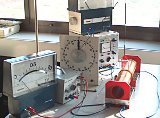 In this article, we will try to understand what magnetic induction is, how it is related to a magnetic field, what magnetic induction has to do with current, and how it affects current. Let us recall the basic rules that determine the direction of the induction lines, and we will also note some formulas that will help in solving the problems of magnetostatics.
In this article, we will try to understand what magnetic induction is, how it is related to a magnetic field, what magnetic induction has to do with current, and how it affects current. Let us recall the basic rules that determine the direction of the induction lines, and we will also note some formulas that will help in solving the problems of magnetostatics.
The characteristic strength of the magnetic field at a selected point in space is the magnetic induction B. This vector quantity determines the force with which the magnetic field acts on a charged particle moving in it. If the charge of the particle is q, its speed is v and the induction of the magnetic field at a given point in space is B, then a force acts on the particle at that point from the side of the magnetic field:

Thus, B is a vector whose magnitude and direction are such that the Lorentz force acting on a moving charge on the side of the magnetic field is equal to:

Here, alpha is the angle between the velocity vector and the magnetic induction vector. The Lorentz force vector F is perpendicular to the velocity vector and the magnetic induction vector.Its direction is determined for the case of motion of a positively charged particle in a uniform magnetic field left hand rule:

«If the left hand is positioned so that the vector of magnetic induction enters the palm, and four outstretched fingers are directed in the direction of motion of the positively charged particle, then the thumb, bent at 90 degrees, will show the direction of the Lorentz force.»
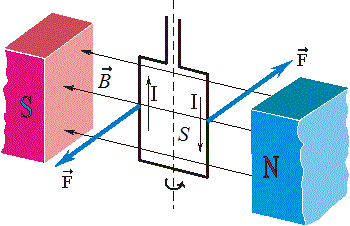
Since the current in the conductor is the movement of charged particles, the magnetic induction can also be defined as the ratio of the maximum mechanical moment acting on the frame with a uniform magnetic field to the product of the current in the frame by the area of the frame:

Magnetic induction is a basic characteristic of a magnetic field, similar to the strength of an electric field... In the SI system, magnetic induction is measured in tesla (T), in the CGS system in gauss (G). 1 tesla = 10,000 gauss. 1 T is the induction of such a uniform magnetic field in which a maximum rotating mechanical moment of forces equal to 1 N • m acts on a frame of area 1 m2 through which a current of 1 A flows.
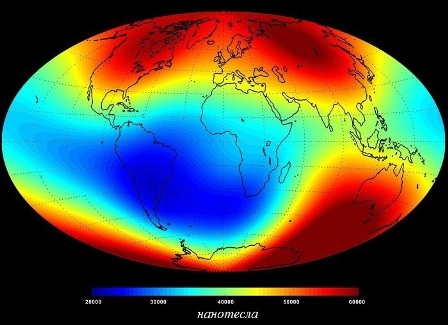
By the way, the induction of the Earth's magnetic field at a latitude of 50 ° is on average 0.00005 T, and at the equator - 0.000031 T. The magnetic induction vector is always directed tangentially to the magnetic field line.
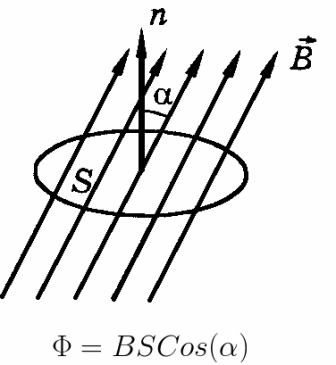
The loop placed in a uniform magnetic field is penetrated by the magnetic flux Ф, — the flux of the magnetic induction vector. The magnitude of the magnetic flux F depends on the direction of the magnetic induction vector relative to the contour, its magnitude and the area of the contour pierced by the lines of magnetic induction.If the vector B is perpendicular to the area of the loop, then the magnetic flux F penetrating the loop will be maximum.
The term induction itself comes from the Latin "induction", which means "guidance" (eg to suggest a thought — that is, to cause a thought). Synonyms: guidance, background, education. Not to be confused with the phenomenon of electromagnetic induction.
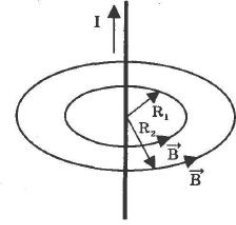
The live wire has around it magnetic field… The magnetic field of an electric current was discovered in 1820 by the Danish physicist Hans Christian Oersted. To determine the direction of the lines of force of the induction of the magnetic field B of the electric current I flowing along a straight wire, use the right-hand screw or gimbal rule:
«The direction of rotation of the gimbal handle indicates the direction of the lines of magnetic induction B, and the progressive movement of the gimbal corresponds to the direction of the current in the conductor.»
In this case, the value of the magnetic induction B at a distance R from a conductor with a current I can be found by the formula:

where is the magnetic constant:

If the lines of intensity of the electrostatic field E, starting from positive charges, end with negative ones, then the lines of magnetic induction B are always closed. Unlike electric charges, magnetic charges that would create poles like electric charges have not been found in nature.
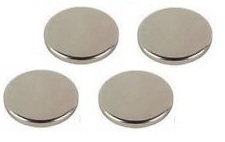
Now a few words about permanent magnets… At the beginning of the 19th century, the French researcher and natural physicist André-Marie Ampere proposed a hypothesis about molecular currents. According to Ampere, the movement of electrons around atomic nuclei generates elementary currents, which in turn create elementary magnetic fields around them.And if a piece of ferromagnet is placed in an external magnetic field, then these microscopic magnets will orient themselves in the external field and the piece of ferromagnet will become a magnet.
Substances with a high residual magnetization value, such as the neodymium-iron-boron alloy, today make it possible to obtain powerful permanent magnets. Neodymium magnets lose no more than 1-2% of their magnetization in 10 years. But they can be easily demagnetized by heating to a temperature of + 70 ° C or more.
We hope this article has helped you get a general idea of what magnetic induction is and where it comes from.
